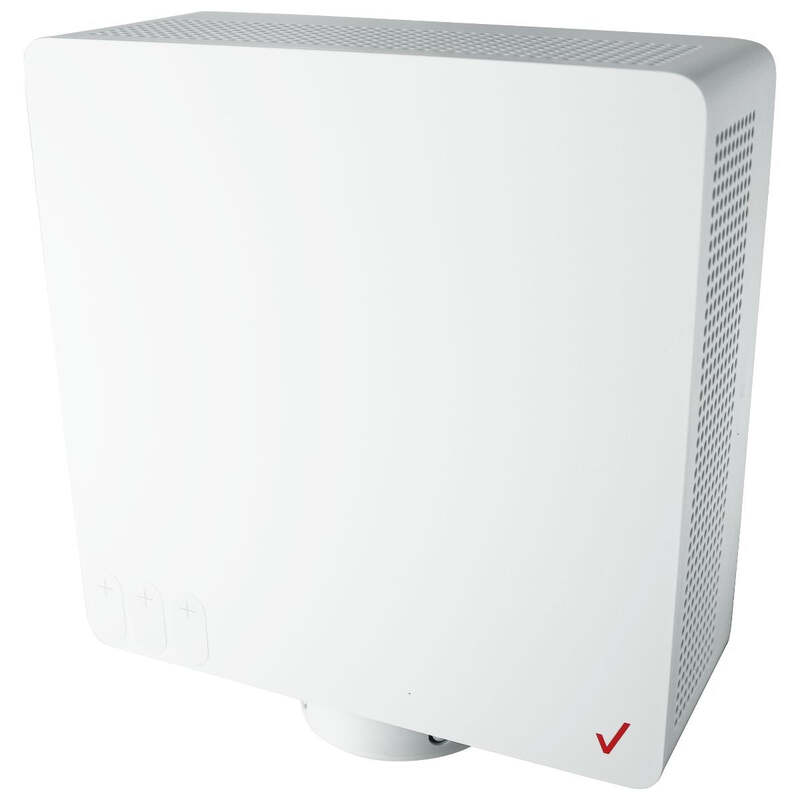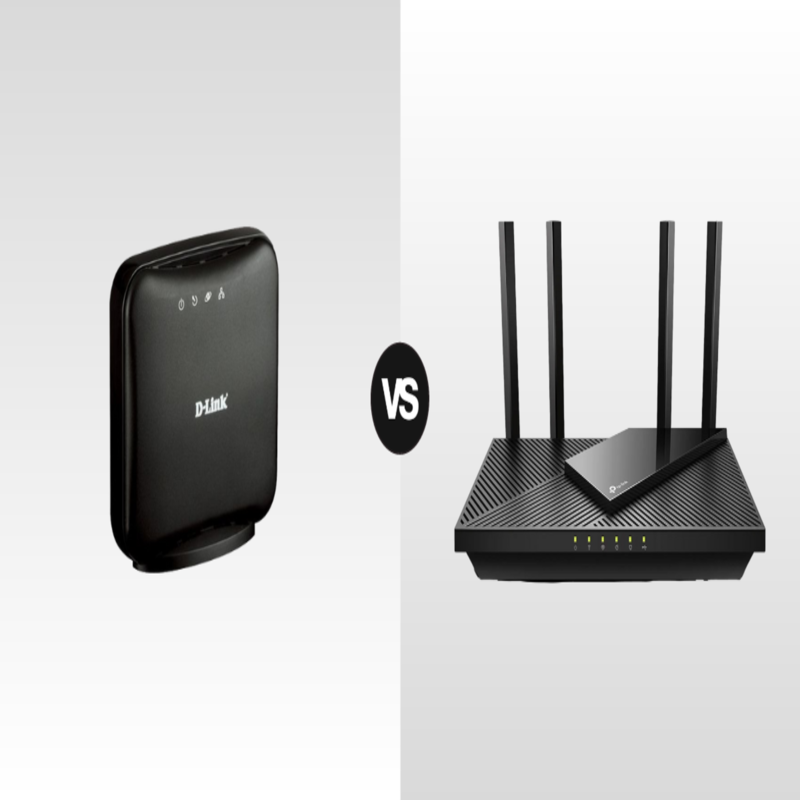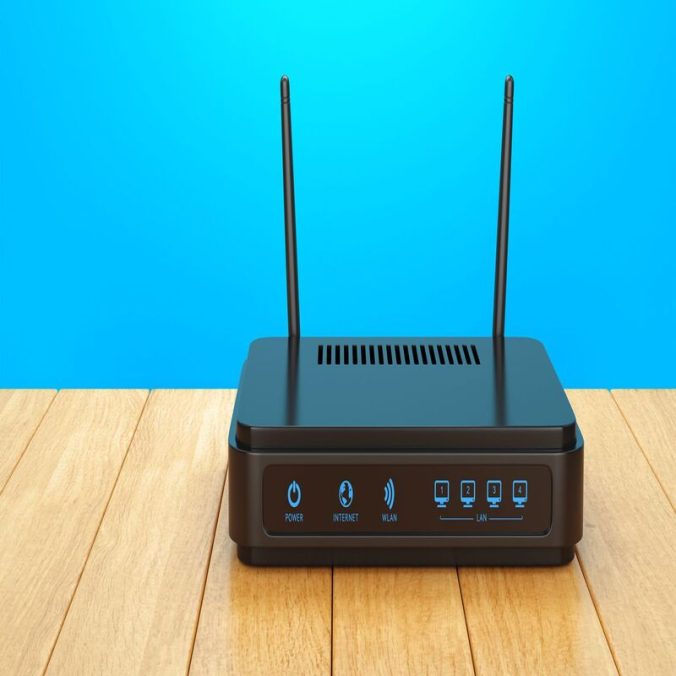Knowing how to locate your router’s IP address is essential for managing and configuring your home network. The IP address allows you to access the router’s admin interface, where you can modify settings, update firmware, and troubleshoot connectivity issues. Although the steps to find your router’s IP address may vary depending on the device and operating system, the process is generally straightforward. This comprehensive guide will walk you through different methods to find your router’s IP address on various platforms. Therefore, by the end of this article, you’ll have the knowledge and tools to access your router’s settings effortlessly.
Understanding the Importance of Router IP Address
Knowing your router’s IP address is crucial for several reasons. Therefore, understanding the importance of this information can help you grasp its significance.
Accessing the Admin Interface
The router IP address serves as a gateway to the device’s admin interface, enabling you to manage various settings. From here, you can configure network settings, change passwords, update firmware, and troubleshoot issues. Accessing the admin interface allows you to optimize your network’s performance and secure it against unauthorized access. Therefore, having the router’s IP address is essential for effective network management.
Troubleshooting Network Issues
Locating the router’s IP address is often the first step in troubleshooting connectivity problems. Whether adjusting firewall settings or rebooting the router remotely, access to the admin interface is crucial. Network administrators and tech-savvy users frequently need the IP address to diagnose and solve network issues. Therefore, knowing your router’s IP address is vital for maintaining a stable and efficient network.

Finding Router IP Address on Windows
Windows provides several methods for locating your router’s IP address. Therefore, exploring these options can help you find the most convenient one for you.
Using Command Prompt
One of the most straightforward methods is using the Command Prompt. Open the Command Prompt by typing “cmd” in the search bar or by pressing Win + R, typing “cmd,” and hitting Enter. Once the Command Prompt window opens, type the command “ipconfig” and press Enter. Scroll through the output until you find the “Default Gateway” under your network connection. The number listed beside it is your router’s IP address. Therefore, using the Command Prompt is a quick and efficient way to find your router’s IP address on Windows.
Control Panel Network Settings
Another method involves accessing the Control Panel. Navigate to Control Panel > Network and Sharing Center. Click on your network connection, whether it’s Wi-Fi or Ethernet. A new window will open displaying your network status. Click on “Details,” and look for the “IPv4 Default Gateway” in the list. The corresponding number is your router’s IP address. Therefore, using the Control Panel is an alternative method to find your router’s IP address on Windows.
Finding Router IP Address on Mac
Mac users have built-in tools that make locating the router’s IP address straightforward. Therefore, let’s explore these methods for Mac OS.
Using System Preferences
Start by clicking on the Apple menu and selecting “System Preferences.” Navigate to “Network” settings. Select your current network connection (Wi-Fi or Ethernet) from the list on the left. Click on the “Advanced” button at the bottom right, then go to the “TCP/IP” tab. Here, you’ll find your router’s IP address next to the “Router” label. Therefore, using System Preferences is a simple way to find your router’s IP address on Mac.
Using Terminal
For those who prefer using the command line, the Terminal offers a quick method. Open the Terminal by searching for it in Spotlight or finding it in the Applications > Utilities folder. Once the Terminal window opens, type the command “netstat -nr | grep default” and press Enter. The output will display your router’s IP address next to the “default” label. Therefore, using Terminal is an effective method for locating the router’s IP address on Mac.

Finding Router IP Address on Mobile Devices
Accessing the router’s IP address on mobile devices is also straightforward. Therefore, let’s examine how to do this on both Android and iOS devices.
Finding on Android
On an Android device, start by opening the “Settings” app. Navigate to “Network & Internet” or a similar variant, depending on your device. Select “Wi-Fi” and tap on the name of your connected network. Look for a section named “Advanced” or “IP Settings,” where you’ll find information like IP address, Gateway, and DNS. The Gateway number is your router’s IP address. Therefore, accessing network settings on Android is an effective method for finding your router’s IP address.
Finding on iOS
For iOS devices, open the “Settings” app and navigate to “Wi-Fi.” Tap on the “i” icon next to your connected Wi-Fi network. This will display various network details, including your IP address, Subnet Mask, and Router. The number listed next to “Router” is your router’s IP address. Therefore, navigating through Wi-Fi settings on iOS is a straightforward way to find your router’s IP address.
Finding Router IP Address on Linux
Linux provides versatile tools for accessing network information. Therefore, let’s explore how to find your router’s IP address using Linux commands.
Using Terminal Commands
Open the Terminal by searching for it in your applications menu. Once the Terminal window is open, you can use several commands to find your router’s IP address. The most common command is “ip route | grep default.” This will display the default gateway, which is your router’s IP address. Another useful command is “route -n,” where you look for the Gateway address next to the “UG” flag. Therefore, using Terminal commands is a robust method for finding your router’s IP address on Linux.
Using Network Manager
For those who prefer a graphical interface, the Network Manager is an excellent alternative. Click on the network icon in the system tray and select “Connection Information” or “Network Settings.” This will open a window displaying details about your network connection. Look for the “Default Route” or “Gateway” entry, which lists your router’s IP address. Therefore, using the Network Manager provides a user-friendly way to locate your router’s IP address on Linux.
Importance of Securing Your Router
Knowing your router’s IP address is also crucial for securing your network. Therefore, understanding the importance of router security can help protect your data.
Changing Default Passwords
One of the first steps in securing your router is changing the default login credentials. Default passwords are often easily guessed, making your network vulnerable to unauthorized access. Access the admin interface using the router’s IP address and navigate to the security settings. Change the default username and password to something robust and unique. Therefore, changing default passwords is essential for securing your router.
Updating Firmware
Regularly updating your router’s firmware is crucial for security and performance. Firmware updates often include patches for security vulnerabilities and improvements for network stability. Access the router’s admin interface via its IP address and check for available updates. Follow the manufacturer’s instructions to install the latest firmware. Therefore, updating firmware ensures your router remains secure and functions efficiently.

Troubleshooting Common Issues
Encountering issues when accessing your router’s IP address can be frustrating. Therefore, understanding some common problems and their solutions can help you troubleshoot effectively.
Router Not Responding
If your router is not responding or you can’t access the admin interface, start by restarting the router. Unplug it from the power source, wait for about 30 seconds, and plug it back in. Ensure all physical connections are secure and the router is receiving power. If issues persist, try accessing the admin interface from a different device. Therefore, restarting the router and checking connections can resolve many common issues.
Incorrect IP Address
Entering an incorrect IP address can prevent you from accessing the router’s admin interface. Double-check the IP address you’ve found using the methods outlined earlier. Ensure you’re typing it correctly into the browser’s address bar, without any extra spaces or characters. If you’re still facing issues, resetting your router to factory settings may resolve the problem. However, be prepared to reconfigure all your network settings. Therefore, ensuring you have the correct IP address is crucial for accessing your router.
Conclusion
Knowing how to find your router’s IP address is essential for managing and securing your home network. Whether you are using a Windows computer, a Mac, a mobile device, or a Linux machine, various methods can help you locate this crucial piece of information. Accessing the admin interface through the router’s IP address allows you to configure settings, update firmware, and troubleshoot network issues.
Different platforms offer multiple ways to find the router’s IP address, from using Command Prompt on Windows to System Preferences on a Mac, and network settings on mobile devices. Linux users also have several robust command-line options and graphical interfaces to achieve the same result. Securing your router by changing default passwords and updating firmware is crucial for protecting your network from unauthorized access.
Troubleshooting common issues, such as the router not responding or entering an incorrect IP address, ensures you can access the admin interface when needed. By understanding these methods and steps, you’re better equipped to manage your network effectively and ensure it operates smoothly and securely.
Therefore, armed with this comprehensive guide, you now have the tools and knowledge to find your router’s IP address and take control of your network settings with confidence.

Leave a Reply